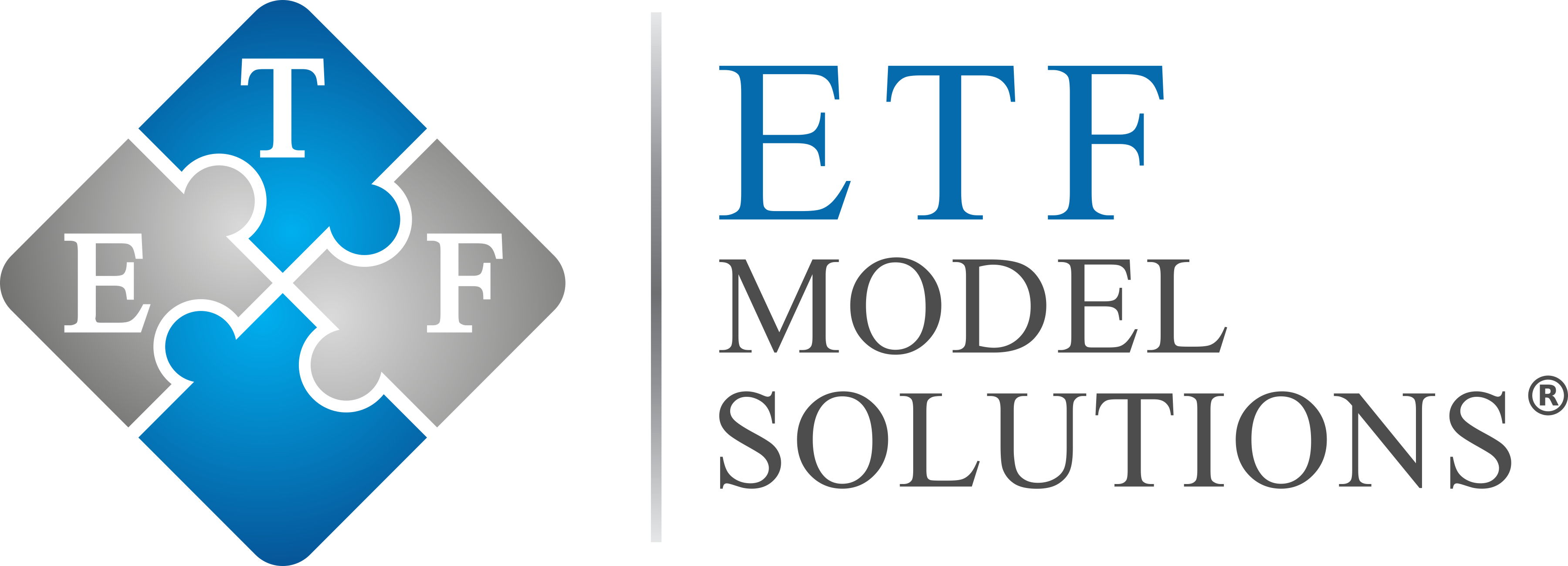Asset growth in Target Date Funds (“TDFs”) in defined contribution plans has been phenomenal the past few years, primarily because the trend in plan design features such as automatic enrollment and being deemed qualified default investment alternatives. Respondents in a Callen Associates survey indicated that the total percentage of defined contribution plan assets in TDFs as of 12/31/2013 was 21.12%, second only to large-cap domestic equity (23.7%) This compared to 15.7% and 23.0%, respectively, only a year earlier. Certainly, provisions in the Pension Protection Act of 2006 defining target date funds as one of four types of qualified default investment alternatives have contributed to their growth. Despite the popularity of TDFs, Plan Sponsors and participants should be aware that they are not without risks.
An recent article on ETFGuide.com discusses the shortcomings of TDFs, listing them as follows:
“1) TDFs encourage the public to be lazy when it comes to asset allocation. A person’s first choice for their retirement investments should always be a customized asset mix that perfectly matches not just their age, risk tolerance, and goals, but their unique investor personality. Instead of delivering that, TDFs dish up a one-size fits all retirement plan as a default choice.
2) TDF fees are still too high. The average annual cost for TDFs are in the vicinity of 1%, which is ridiculously inflated for the amount of actual work these types of mutual funds do.
3) Most TDFs are grossly underdiversified because they miss market exposure to major asset classes like commodities, global real estate, international bonds, and TIPS.”
Additional questions that plan sponsors and plan participants should ask when considering a TDF is how might it perform in a rising interest rate or inflationary environment. Target date funds typically increase their exposure to bonds as the fund nears the “target date”, thus increasing the interest rate risk of the bond portfolio should rates rise. For the past 30 years, US interest rates have maintained a downward trajectory, resulting in the lowest interest rates in a generation. Think about this for a minute– investors younger than 50 have little experience or understanding of how to invest in a rising interest rate cycle and are accustomed to thinking of fixed income as the “safe” part of their portfolio. Many TDFs have little, if any exposure to hard assets, which may help reduce the impact of inflation on the purchasing power of a portfolio. Adding investment options to your company’s Plan that address alternative economic conditions such as rising interest rates or an inflationary environment might warrant further consideration.
You can read the entire article at ETFGuide.com.
Important note: The above is provided for informational purposes only and is not intended to be construed as tax, legal or investment advice. Employers should review questions and issues pertaining to their plan with the accountant, attorney, advisor or other service providers that have been retained to develop or administer their plan.
